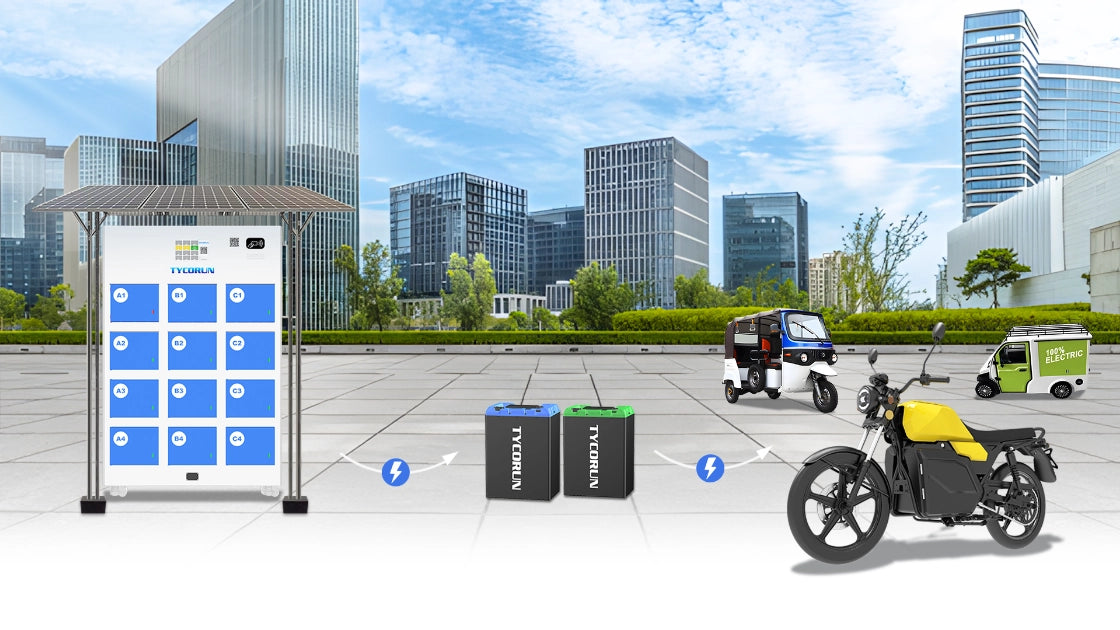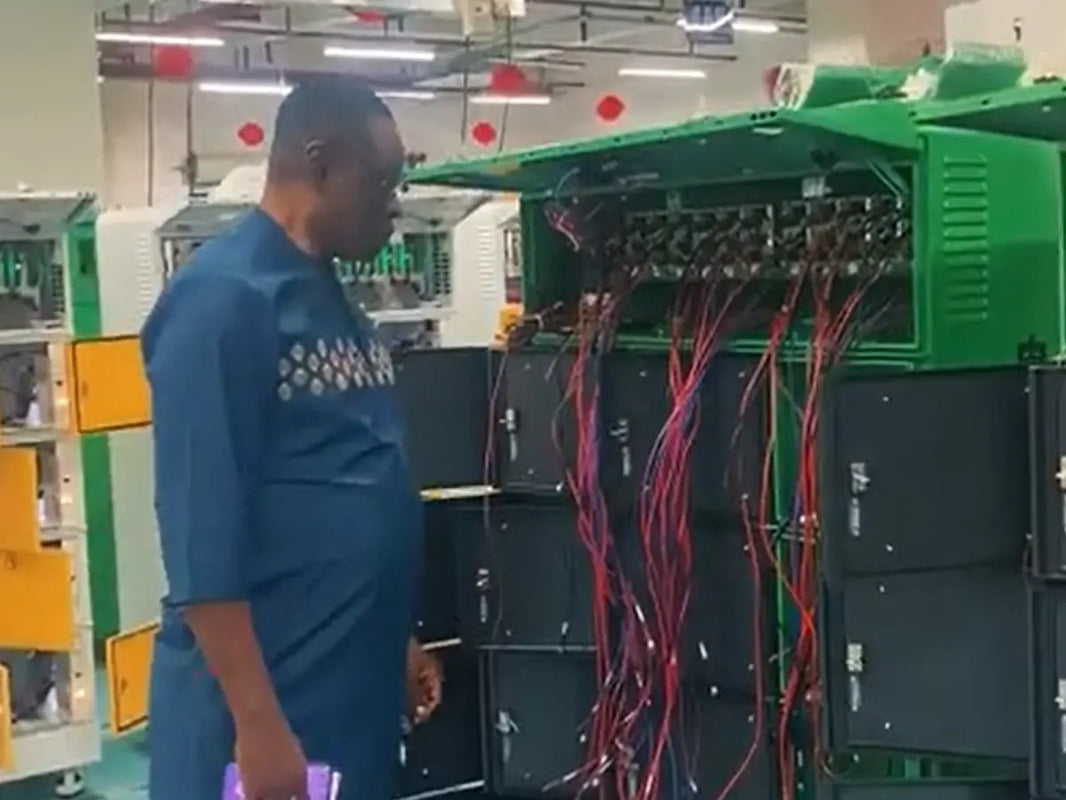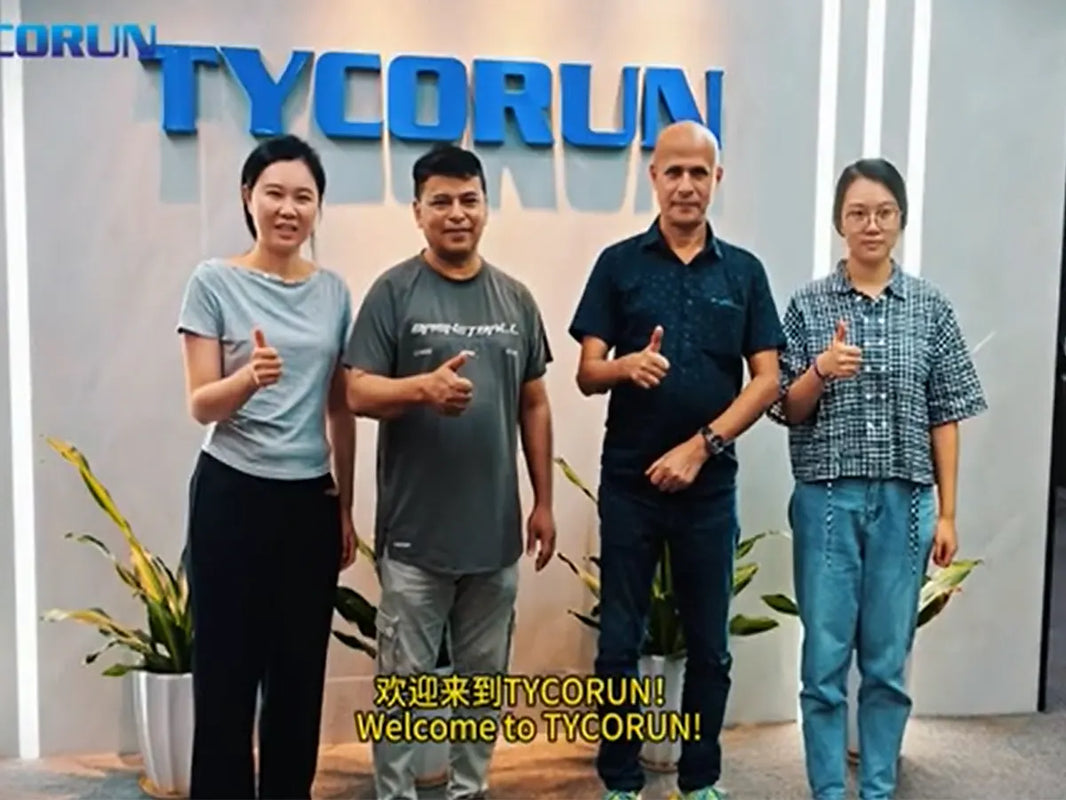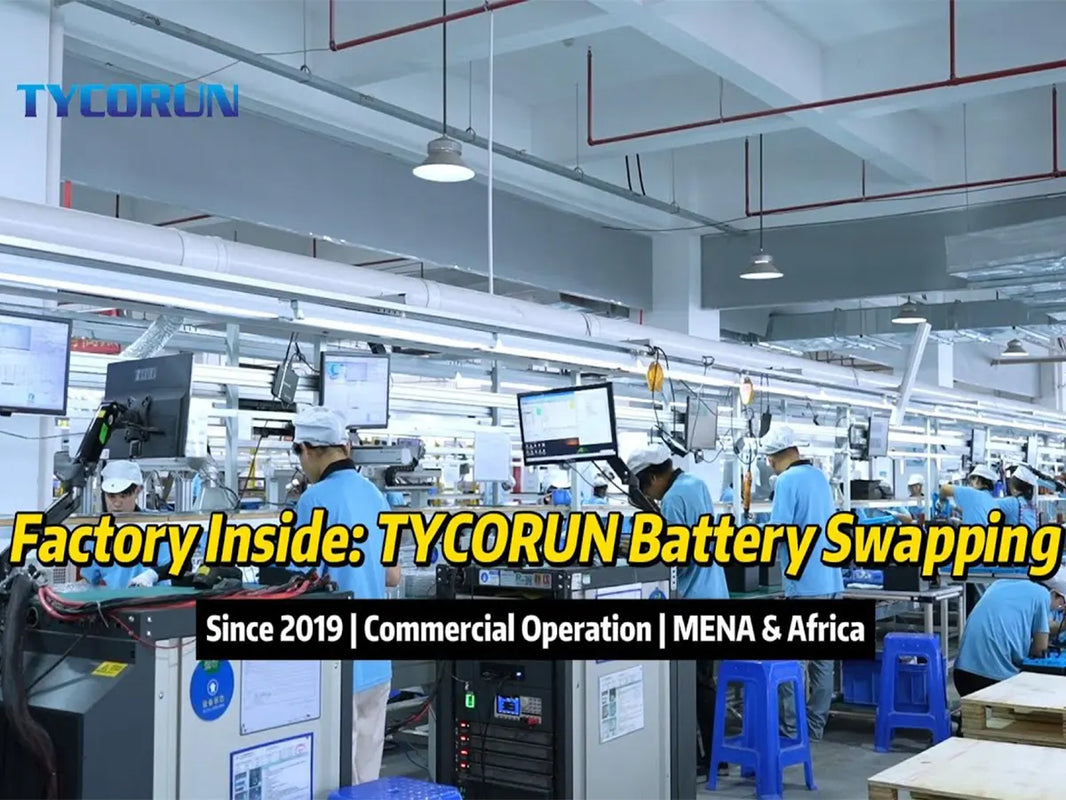
Main content:
- Main functions of photovoltaic inverters
- Photovoltaic inverter industry chain
- China's policy support for the photovoltaic inverter industry
- Significant increase in new installed capacity, rapid growth in shipment volume
- China's inverter exports maintain a high growth trend
- Photovoltaic inverters moving towards intelligence and other directions
- Conclusion
With the global transition in energy structure and the rapid development of renewable energy, photovoltaic (PV) inverters, as key components of PV power generation systems, are becoming increasingly important. China, being one of the largest PV markets in the world, has shown particularly notable growth trends in its PV inverter industry. This article will provide an in-depth analysis of the current state of China's PV inverter industry, discussing its industrial chain structure, policy support, market size, export situation, and future development trends.
Main functions of photovoltaic inverters
Photovoltaic inverter convert the variable direct current (DC) output from solar panels into alternating current (AC) with utility frequency, which can either be fed back into the commercial power grid or used in off-grid systems. PV inverters are critical balance-of-system components in PV array systems, allowing the use of common AC-powered equipment. Solar inverters also have specialized functions to work with PV arrays, such as maximum power point tracking (MPPT) and anti-islanding protection.

As the core equipment in PV power generation systems, inverters convert the DC power generated by PV modules into AC power that meets grid requirements, making them essential balance-of-system components in PV setups. PV inverters are primarily categorized into microinverters, string inverters, and central inverters.
Photovoltaic inverter industry chain
The upstream of the PV inverter industry chain includes the component industry, which comprises electronic components, structural parts, and other auxiliary materials. Electronic components include insulated-gate bipolar transistors (IGBTs), capacitors, reactors, resistors, etc. Structural parts consist of cabinets and enclosures, while other auxiliary materials mainly include adhesives, insulation materials, packaging materials, etc.

The midstream focuses on the production of the three types of PV inverters. The downstream encompasses the integration of PV systems and the investors in PV projects. The manufacturing process of PV inverters involves complete machine assembly, testing, and packaging, relying heavily on advancements in semiconductor device technology, power electronics, and modern control technology.
China's policy support for the photovoltaic inverter industry
In recent years, China has introduced several policies to encourage the development and innovation of the PV energy storage inverter industry. In May 2021, the government of China issued a notice regarding the development and construction of wind and photovoltaic power generation in 2021, aiming for wind and PV power generation to account for approximately 11% of total electricity consumption in China by 2021, with an annual increase thereafter. The goal is to ensure that non-fossil energy consumption accounts for around 20% of total primary energy consumption by 2025.
In August 2022, the government of China issued a notice on promoting the coordinated development of the PV industry chain and supply chain, encouraging deep cooperation between silicon material and silicon wafer companies, silicon wafer and battery, module, inverter, and PV glass companies, as well as between module manufacturers and power generation investors and power station construction companies.

The goal is to guide upstream and downstream enterprises in establishing clear pricing, ensuring supply, and stabilizing expectations.
In August 2023, the government of China issued guidelines on promoting the recycling of retired wind power and PV equipment, proposing the prudent development of the remanufacturing industry for high-value components such as generators, gearboxes, and main bearings in wind turbines, as well as key components like PV inverters.
Significant increase in new installed capacity, rapid growth in shipment volume
In recent years, China’s ability to ensure energy security has continuously improved, and the pace of energy green and low-carbon transition has accelerated, especially in the new energy industry represented by PV.
Data shows that from January to August 2023, China’s newly installed PV capacity grew by 154.46% year-on-year to 113.16 GW. As of August 2023, China’s cumulative installed PV capacity reached 505.77 GW, mainly due to the gradual maturation of PV production technology and the decline in production costs.
Overall, China’s new PV installations have already reached a historical high, and with China's increased focus on clean energy like PV, the industry is entering a “fast lane” of development. Simultaneously, the continuous growth of new PV installations in China is expected to drive sustained demand for PV inverters.
As one of the core components in PV power generation systems, PV inverters play a critical role in connecting PV arrays to the grid. With the rapid development of global renewable energy and the push towards the "dual carbon" strategic goals, the global PV industry is expanding rapidly, and the PV inverter market is experiencing a high growth trend
From the global and Chinese PV inverter shipment data, in 2022, the global PV inverter shipment volume grew by 51.27% year-on-year to 326.56 GW, indicating a clear upward trend in global PV inverter shipments.
At the same time, with the advancement of energy-saving and emission-reduction policies and the increasing economic viability of PV, the prosperity of the Chinese PV industry continues. Many inverter companies have begun to expand production, leading to rapid growth in China's PV inverter shipments.
In 2022, China’s PV inverter shipments grew by 84.97% year-on-year to 131.7 GW. In the future, global PV inverter shipments are expected to continue growing rapidly, with S&P Global predicting that global PV inverter shipments will reach 381.4 GW in 2023, while China’s PV inverter shipments will grow to 152.6 GW.
China's inverter exports maintain a high growth trend
From China's inverter export data, between January and August 2023, China’s inverter export volume grew by 23.57% year-on-year to 29.9491 million units; export value increased by 52.45% year-on-year to $7.604 billion, with export markets mainly concentrated in the Netherlands, the United States, Germany, Mozambique, and other countries
The high growth trend in China’s inverter exports is primarily due to policy-driven demand in other countries, coupled with the extension of the US ITC tax credit by 10 years and the increase in credit amounts, which for the first time included independent energy storage and home storage in subsidies.
Check the top 10 PV inverter companies for more information.
In addition, the European Parliament passed the EU Electricity Market Design Reform Act, encouraging renewable energy investments. Despite the uncertainty and high trade sensitivity caused by the policy and economic fluctuations in other countries’ inverter markets, Chinese inverter companies are accelerating their expansion into other international markets. In the future, China’s inverter export scale is expected to further increase.
Photovoltaic inverters moving towards intelligence and other directions
1. PV inverter companies moving towards energy storage, driving the transition of inverter energy structureIn the context of the integration of PV and storage, PV inverter companies are delving deeper into energy storage. At the 2023 SNEC PV Expo in Shanghai and Intersolar in Munich, some inverter companies launched corresponding products such as energy storage batteries and energy storage systems.
For example, Canadian Solar introduced the SolBank energy storage system, which adopts liquid cooling and humidity control solutions, featuring variable frequency and natural cooling units, as well as cell temperature control, reducing energy consumption by 30%.
In the future, with the continued increase in PV installations, coupled with the increasingly significant “curtailment of solar power” issue due to the intermittent nature of PV power generation, the application of energy storage systems will become a key element in the transition of PV inverter energy structures and large-scale applications.
2. The market share of string inverters is rising, becoming the mainstream application product for PV inverters
In recent years, central inverters and string inverters have dominated the PV inverter market. String inverters, mainly used in distributed PV systems, offer high intelligence, flexible installation, high safety, and easy maintenance.
With continuous technological advancements, the production cost of string inverters has steadily decreased, and their power generation efficiency is gradually approaching that of central inverters.
Coupled with the widespread application of distributed PV systems, the market share of string inverters has been steadily increasing, surpassing central inverters to become the mainstream application product in the current PV inverter market.

3. PV inverters moving towards intelligence and other directions
The role of PV inverters in intelligent power station construction is becoming increasingly prominent. Their design and manufacturing need to be considered from a system-wide perspective, while also ensuring comprehensive protection, stable operation, safety, reliability, and grid friendliness.
As PV station management becomes more refined, PV inverters are also responsible for data collection, energy management, and station monitoring, and they transmit data to network servers or local computers via 4G, 5G, Wi-Fi, etc., allowing users to view relevant data on the internet, local computers, or mobile phones. This facilitates power station managers and users in monitoring and managing PV station operations, saving a significant amount of human and material resources.
Therefore, with the continuous development of related technologies such as big data, the Internet of Things (IoT), and cloud computing, the demand for intelligent power electronic devices will continue to rise. PV inverters will continue to develop towards intelligence, diversification, high efficiency, and multi-functionality to meet the needs of different scenarios.
Conclusion
China's photovoltaic inverter industry is experiencing unprecedented development opportunities due to strong government policy support and sustained market demand. With technological innovation and improvements in intelligence, PV inverters are not only holding a significant position in the Chinese market but are also showing strong competitiveness in the global market.
As global demand for clean energy continues to grow, China’s PV inverter industry is expected to maintain high growth, contributing more significantly to the global energy transition and achieving sustainable development goals.
The best inverters recommended:
|
|
500w
|
1000w
|
2000w
|
3000w
|
|
Product image
|
||||
|
Price & Discount
|
$59.90(-14%)
|
$89.99(-36%)
|
$179.90(-28%)
|
$199.99(-33%)
|
|
Rated Input Voltage
|
12VDC
|
12VDC
|
12VDC
|
12VDC |
|
Continuous Power
|
500w
|
1000w
|
2000w
|
3000w |
|
Peak Power
|
1000w |
2000w |
4000w |
6000w |
|
More information |
Click to get the details |
Click to get the details |
Click to get the details |
Click to get the details |
For more information about Tycorun inverters, please check our pure sine wave inverter 3000w, 2000 watt car inverter, car inverter 1000 watt, 500w car inverter
Related articles: energy storage inverter, PV inverter, top 10 PV inverter companies





















